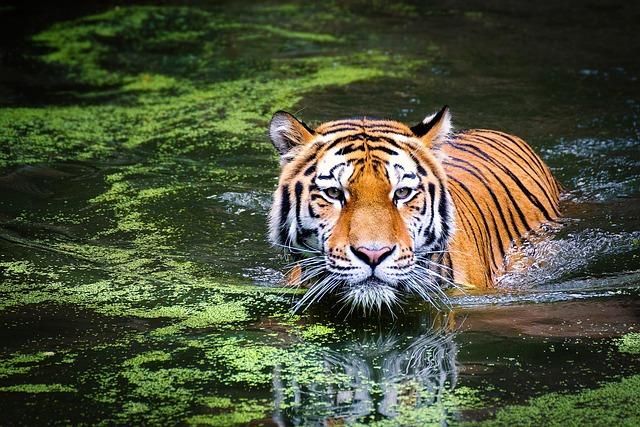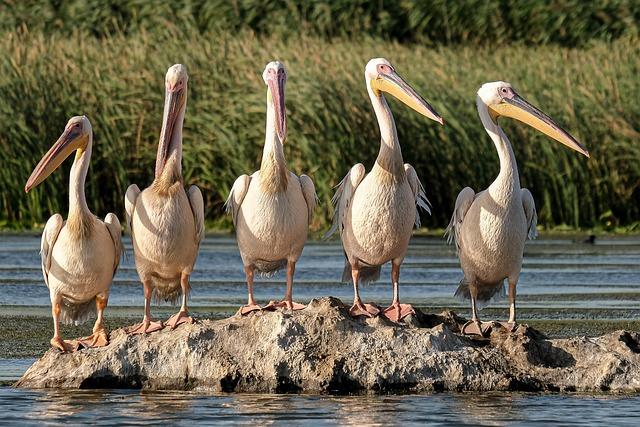Hunters Hand in Weapons to Protect Tiger Reserve
- Introduction
- Historic Shift in a Traditional Hunting Community
- Government and NGO Collaboration
- Impact on the Tiger Population
- Community Engagement and Future Outlook
- Conclusion
- FAQs
- References
Introduction
In an inspiring turn of events, traditional hunters near a renowned tiger reserve have voluntarily surrendered their weapons to aid in wildlife protection. This article examines the significance of this initiative, exploring its historical background, the collaborative roles played by governments and NGOs, its effect on tiger populations, and how local communities are reshaping their identity around conservation. Through these lenses, we gain perspective on how human actions can both threaten and preserve biodiversity.
We begin with the historic change among hunters who once depended on wildlife for survival. We then look into how partnerships between authorities and non-profits enabled this transition. Following that, we'll assess the direct outcomes of this move on tiger preservation, and finally, we’ll explore community-driven conservation initiatives planting seeds for a sustainable future.
Historic Shift in a Traditional Hunting Community

(Image: Pixabay/@myshoun)
Communities living near forests have, for generations, depended on hunting as a primary livelihood and cultural practice. In many parts of India and Southeast Asia, these customs were deeply ingrained, supported by traditional knowledge of wildlife movements and natural habitats. However, due to increased awareness and the looming threat of extinction facing apex predators like the tiger, some communities have begun rethinking long-held practices.
A pivotal moment occurred when dozens of hunters near the Melghat Tiger Reserve in India laid down their arms voluntarily. Encouraged by activists and conservation groups, these individuals turned over rifles, traps, and snares used for illegal poaching. The act was largely symbolic but had practical implications—it directly halted activities that had been significant threats to tiger populations.
This choice reflects a gradual cultural transformation. Former hunters shared stories about their decision-making process, citing concerns about animal preservation, legal repercussions, and opportunities in new employment sectors such as ecotourism. Many were also influenced through education programs highlighting the ecological importance of tigers and their role in forest health.
Government and NGO Collaboration

(Image: Pixabay/@11417994)
Governments and NGOs have played key roles in shifting mindsets and enabling transitions from hunting to conservation. Local forest departments paired with non-governmental organizations provided sensitization programs in schools and villages, focusing on sustainable alternatives to wildlife exploitation.
Among the most effective strategies has been the establishment of voluntary gun surrender programs. These initiatives often include incentives such as livestock maintenance schemes, vocational training in agriculture or handicrafts, and microfinance opportunities—to help former hunters earn incomes legally and sustainably.
Additionally, regular patrolling and community monitoring work not only to prevent illegal activities but also to empower tribal populations to take ownership of environmental stewardship. Over time, authorities have transitioned from a policing role to one centered on collaboration and support, which has helped reduce mistrust and encourage participatory conservation.
Impact on the Tiger Population

(Image: Pixabay/@andibreit)
The effects of hunters surrendering their weapons have been encouraging. Forest officials report a visible decline in poaching cases within protected zones and adjoining buffer areas. More importantly, annual tiger census data shows a promising uptick in sightings and photographic evidence through camera traps.
Recent figures from India’s National Tiger Conservation Authority show steady growth in tiger numbers in reserves where community-led conservation is active. Melghat, for example, has experienced not only a stabilization in tiger population—but also signs of increasing cub births, a strong indicator of a healthy ecosystem.
Moreover, with reduced human interference, other flora and fauna species have rebounded, supporting biodiversity that is critical to sustaining apex predators. Parallel tracking of prey species such as deer and wild boar also reflects better wildlife management associated with restrictive hunting practices.
Community Engagement and Future Outlook

(Image: Pixabay/@andreiprodan_)
The long-term success of any conservation program rests heavily on inclusive community participation. With hunters transitioning away from wildlife exploitation, many are now finding new avenues for income and purpose. Community-run eco lodges, jungle guides, and artisanship based on forest resources (without exploiting them) now feature prominently in development plans.
Younger generations are being introduced to conservation science through school programs and digital content, fostering a culture that values wildlife preservation. Women’s self-help groups, often overlooked in earlier policy formulations, now participate actively by raising awareness and managing funds from eco-businesses.
Looking ahead, environmental leaders are emphasizing the need to institutionalize such success stories. Building long-term educational and financial support structures will be key to preventing backsliding into illegal activities, particularly in times of economic pressure. The focus is now broadening from isolated actions to creating replicable models across countries with vulnerable protected areas.
Conclusion
The story of hunters handing in weapons to protect a tiger reserve is a testament to humanity’s capacity for change. It highlights the potential synergies between tradition and modern conservation approaches. While the road ahead remains complex, early results suggest that community inclusion not only enhances wildlife protection but also strengthens social cohesion. Protecting endangered species like tigers is no longer viewed solely as a national responsibility—it’s becoming a collective vision, driven as much by grassroots stakeholders as by policy-makers.
FAQs
Why did hunters hand in their weapons?
This decision was influenced by growing awareness around environmental conservation, combined with education initiatives and alternative job training programs provided by NGOs and the government.
How does this benefit tigers and other wildlife?
Fewer weapons mean less poaching. As hunting decreases, tigers face fewer threats, allowing populations to stabilize and grow. Healthier prey populations support a balanced ecosystem, which directly benefits apex predators like tigers.
Are former hunters given alternative employment?
Yes. Many have transitioned into roles such as forest guides, workers in eco-tourism, or artisans. Government and civil society efforts support skill development and entrepreneurship.
Is this approach being applied elsewhere?
Yes, similar models of community-based conservation are being implemented in different regions globally, including Africa, Southeast Asia, and Latin America—each customized to local cultures and ecosystems.
Are tiger populations out of danger now?
No, while there has been progress, tigers remain endangered. Continued efforts in anti-poaching, habitat preservation, and community inclusion are necessary for their long-term survival.

